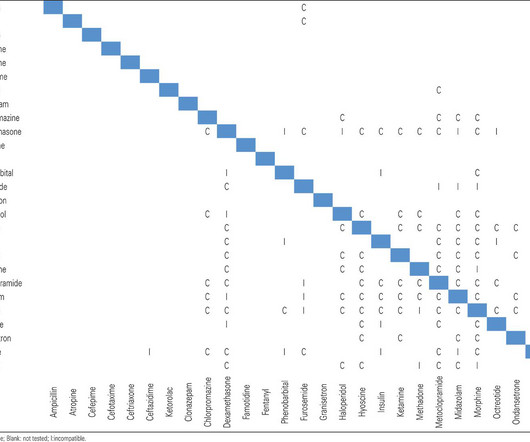Episode 33 - Acute Bronchiolitis: Assessment and Management in the Emergency Department (Pharmacology CME)
EB Medicine
DECEMBER 30, 2019
Emergency Department Treatment Oxygen Keep O2 saturation >90% Clinicians may choose not to use continuous pulse oximetry (weak recommendation due to low-level evidence and reasoning) 1 Fluids IV or NG administration of fluids to combat dehydration, until respiratory distress and tachypnea resolve.












Let's personalize your content